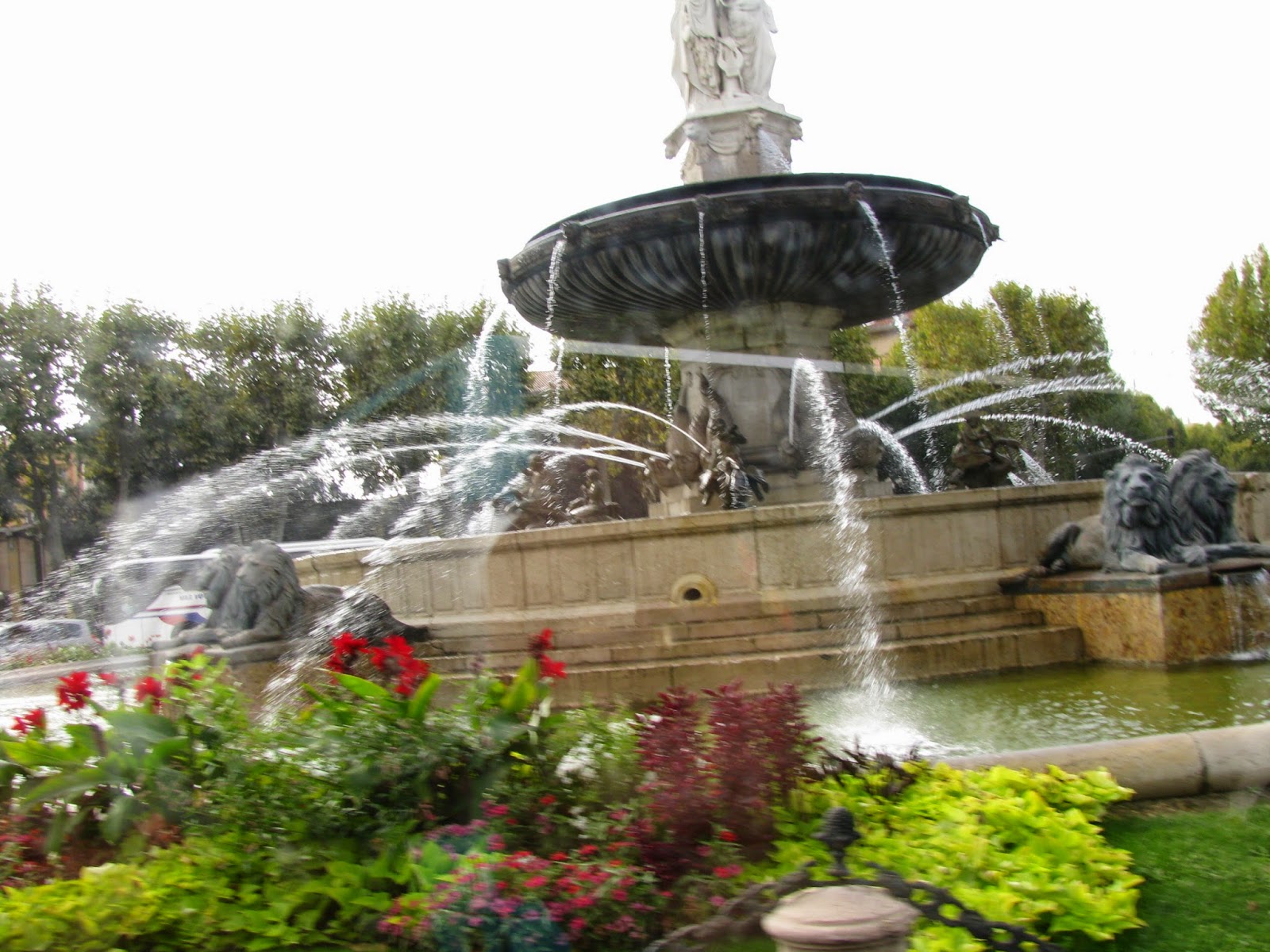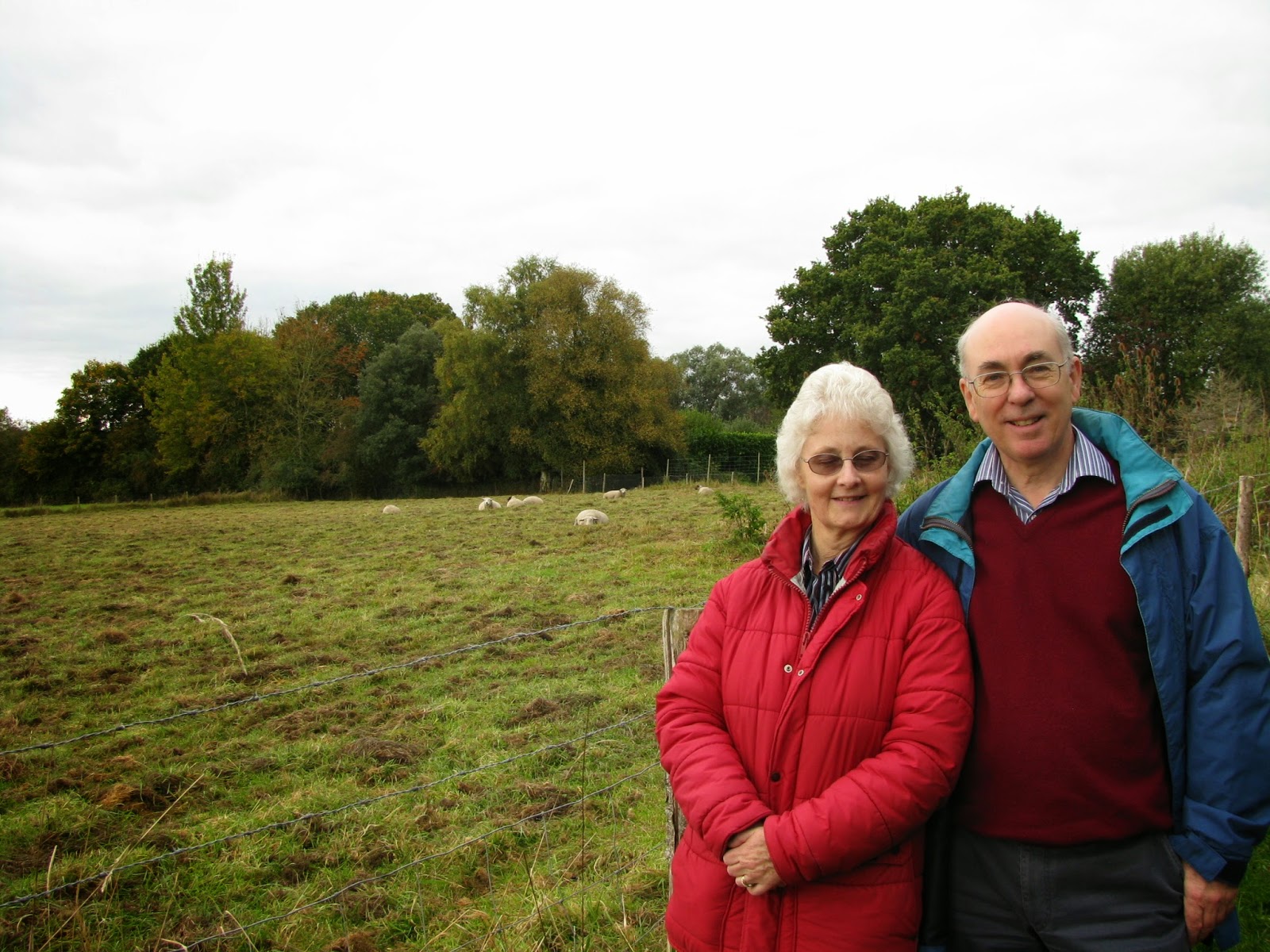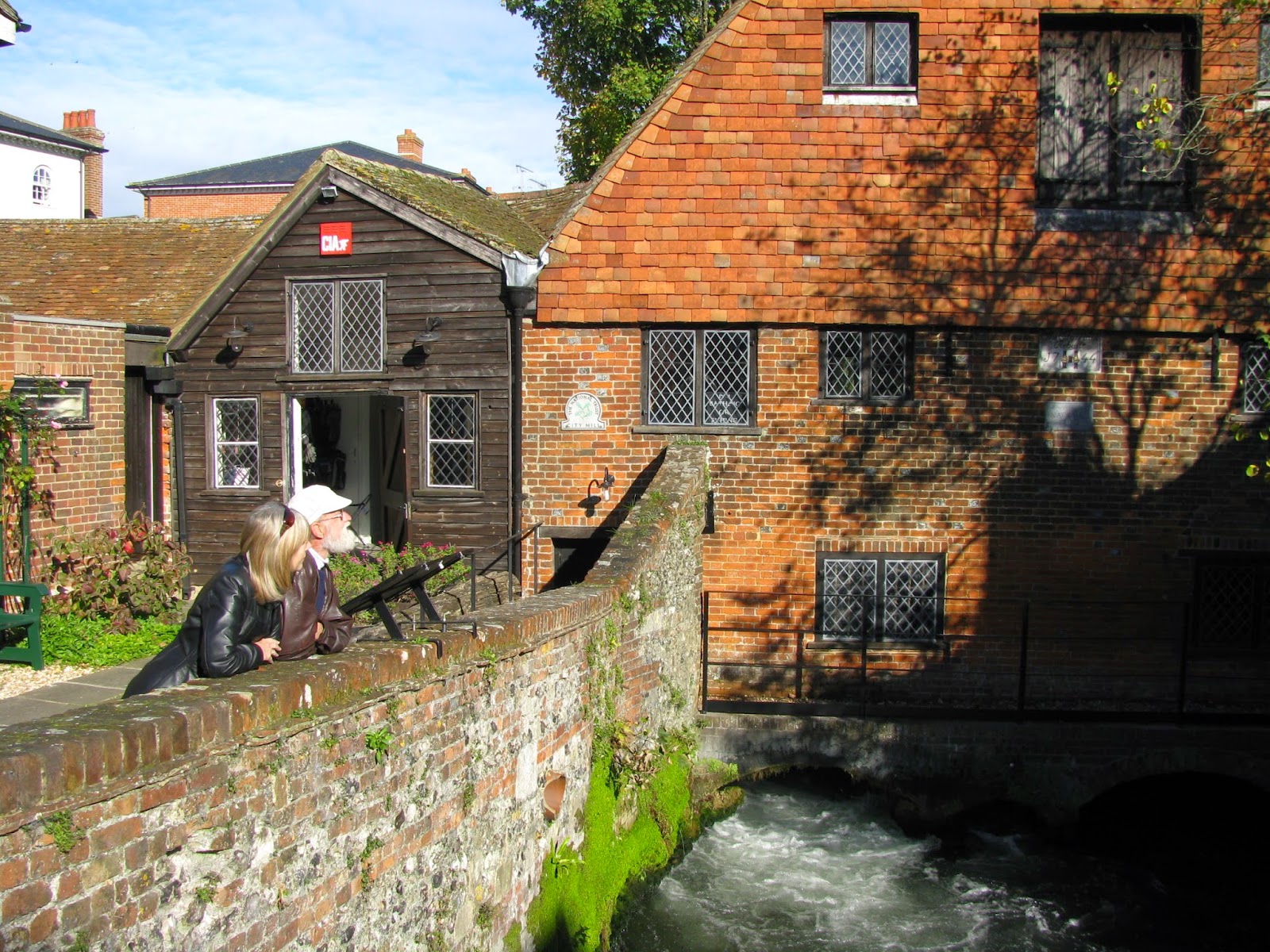Riviera here we come
After two full days in Aix, we moved on towards our next stopping-place, Genoa, in Italy, where again there is a YHA hostel.
We travelled by bus down the valley to Nice Airport, where we hoped to catch another bus to Genoa.
There was a bus going along the coast to Italy, but it was only going as far as Albenga, and the driver assured us there were regular trains from there to Genoa.
So we set out along the motorway eastwards, following the Mediterranean coast, but a few km inland.
Deep valleys and high ridges running down to the sea from the Alpine foothills to the north.
We reached Albenga railway station about 1 pm and had a few minutes to wait for our train, just long enough to buy a coffee and a bite to eat at the station café.
The train was electric and took us all the way to Genoa. Unfortunately there are two main stations there and we had instructions to get off at the second one, but our train decided to turn around and go back the other way, up a different line into the hills!
We got off at the first stop, and had to wait a while for the next train back to town. This time we got off at the right place, and caught a bus to the point where we had to change.
The bus climbed up the hill on streets like the steepest hill streets in Wellington, to our digs for the night.
This hostel, high on one of the many hills, was four storeys high, giving magnificent views of the harbour. The rooms were tidy and clean, if sparse as you expect at a backpacking establishment, and the place was well-run, with a good restaurant, great breakfast, and friendly staff. One of the best!












































